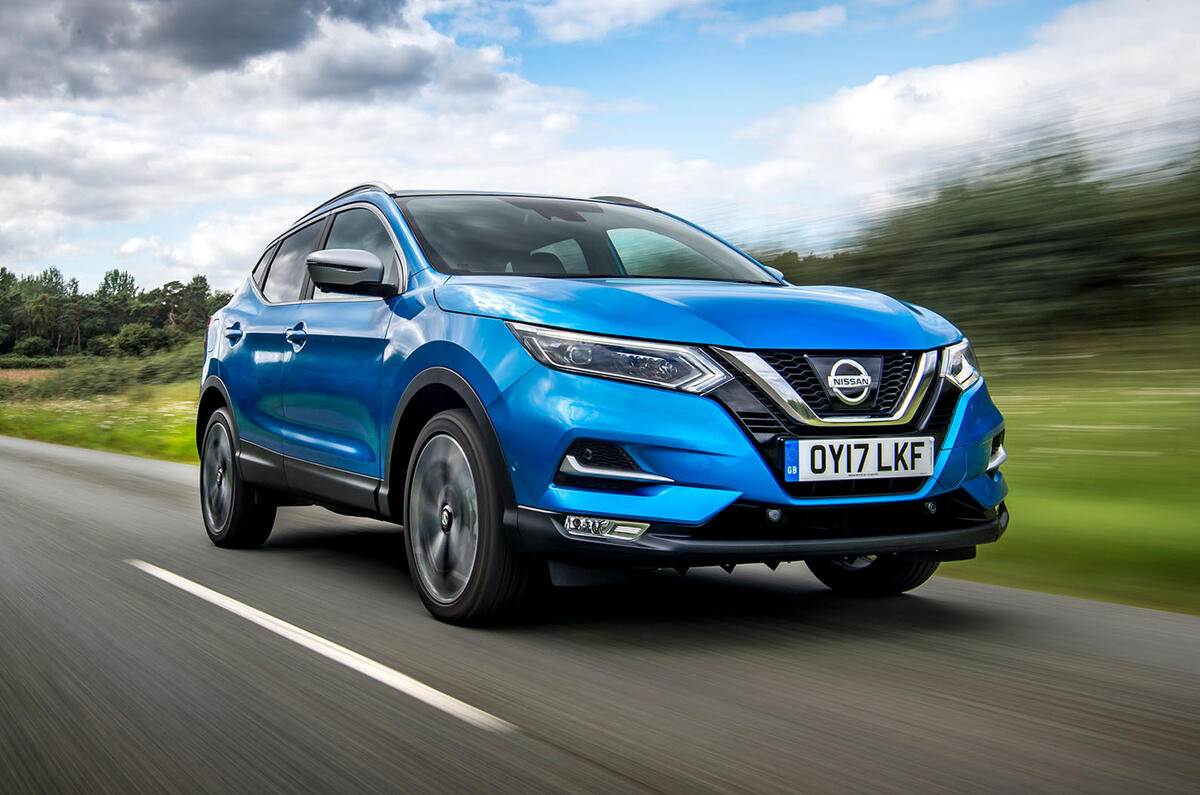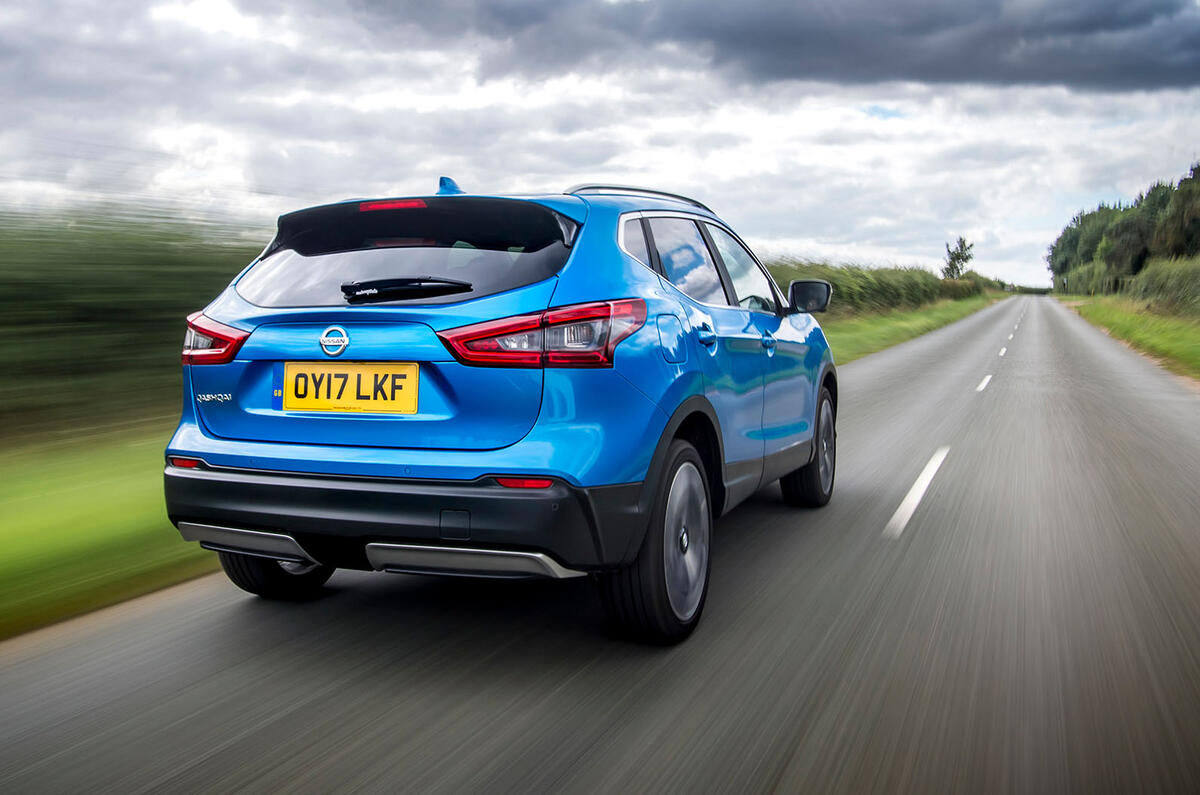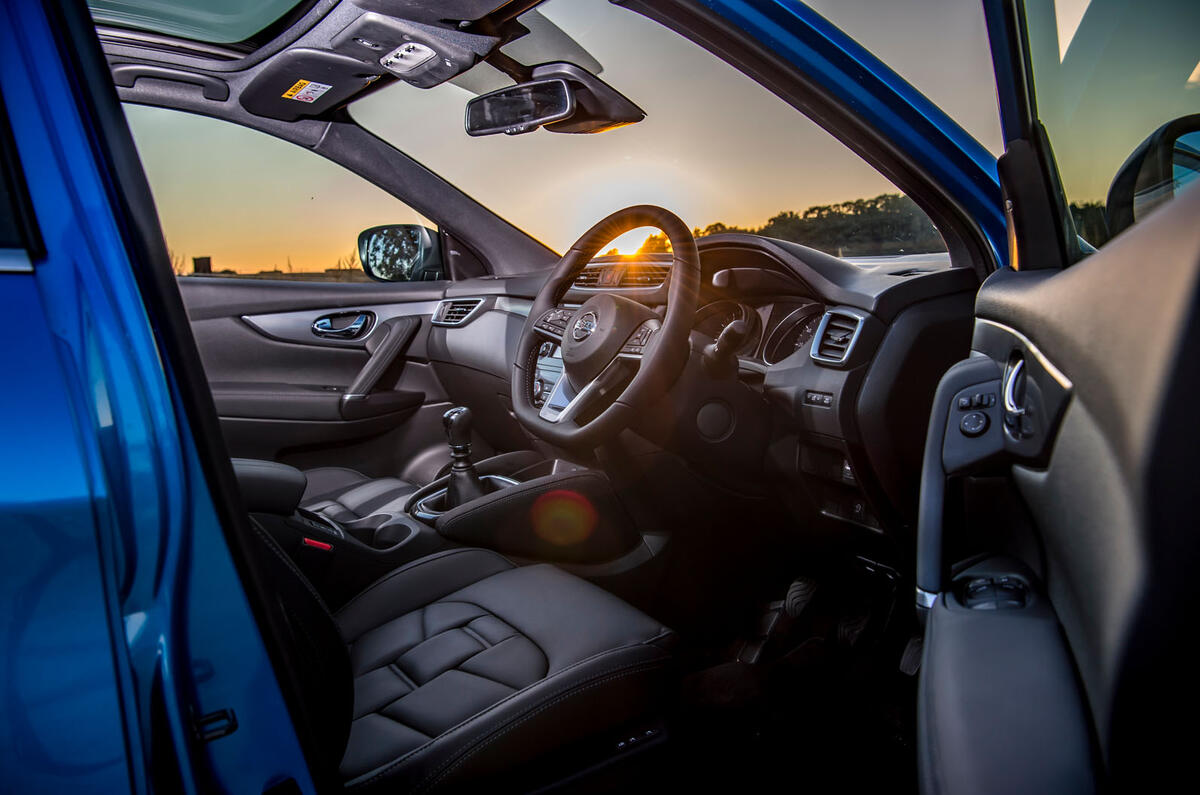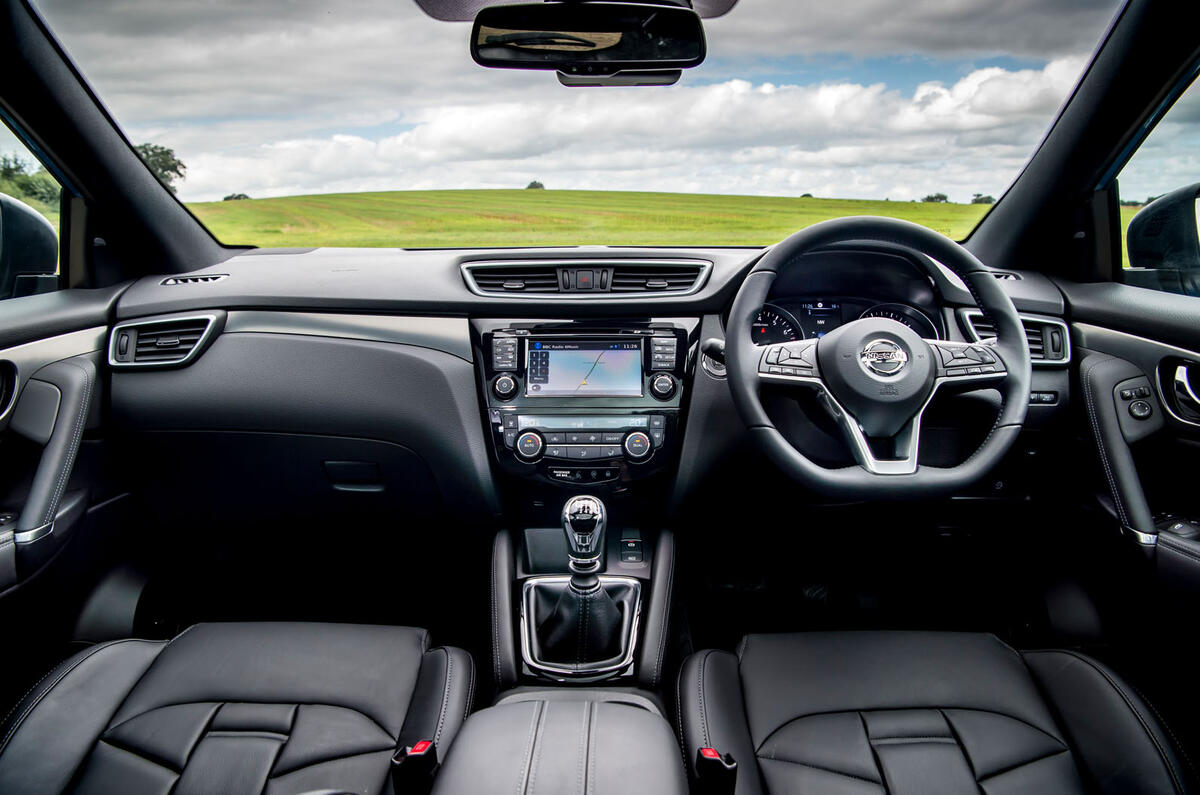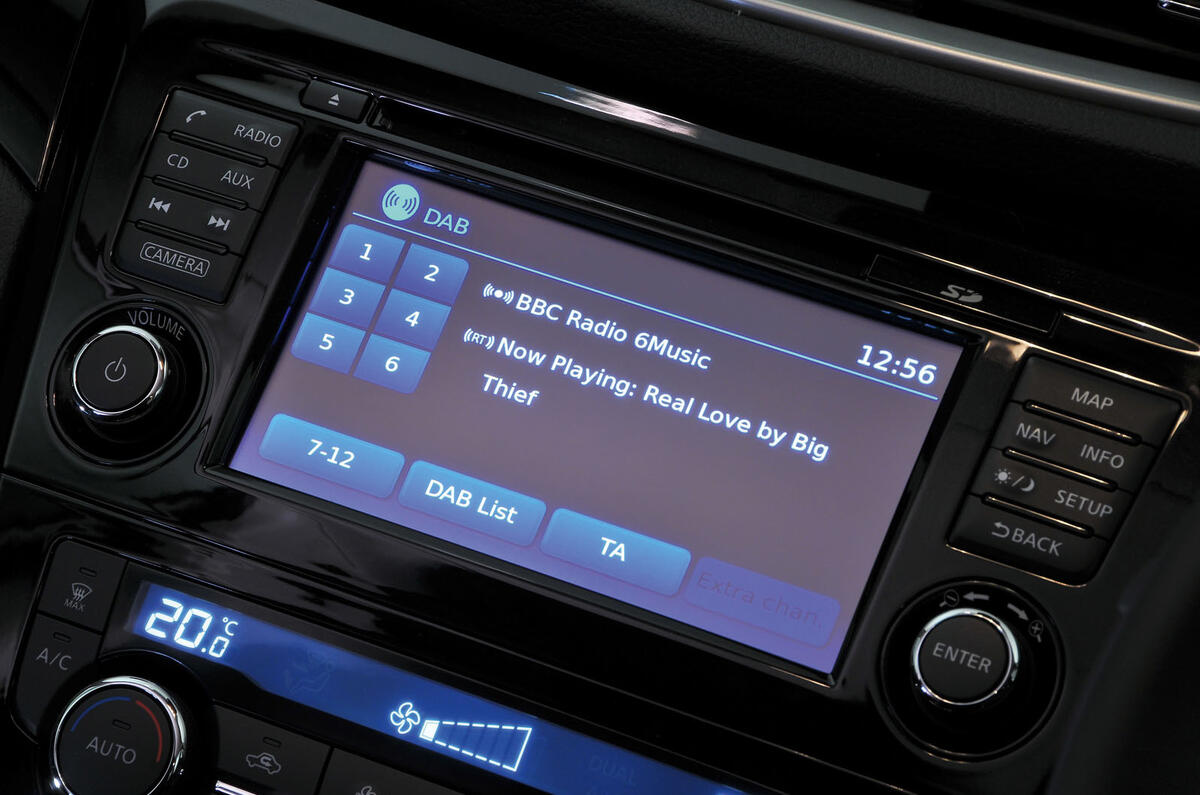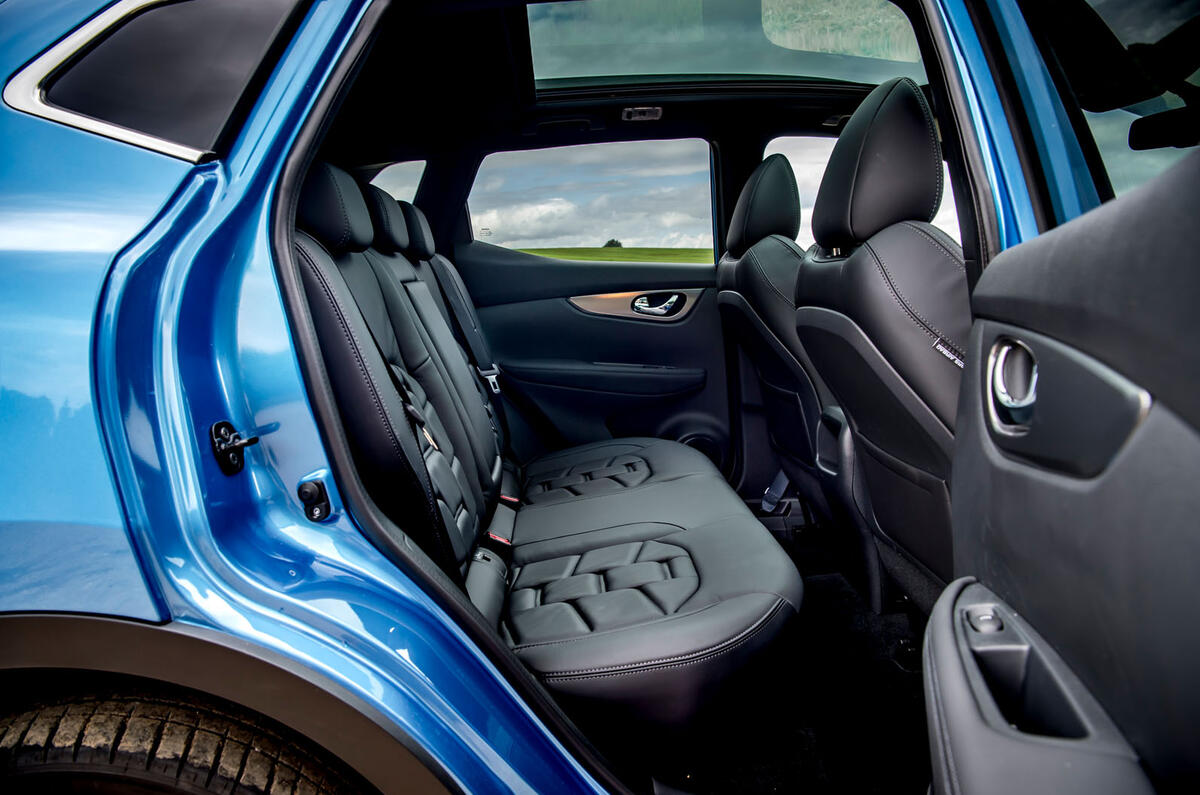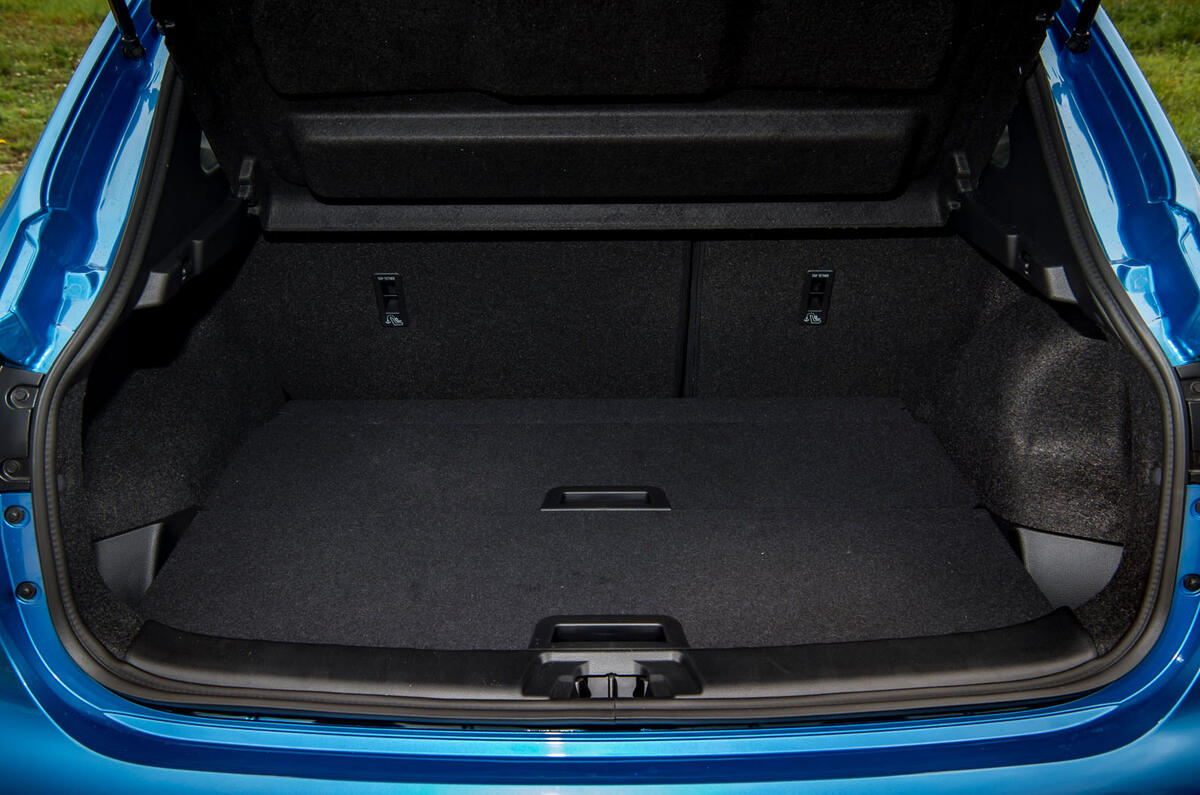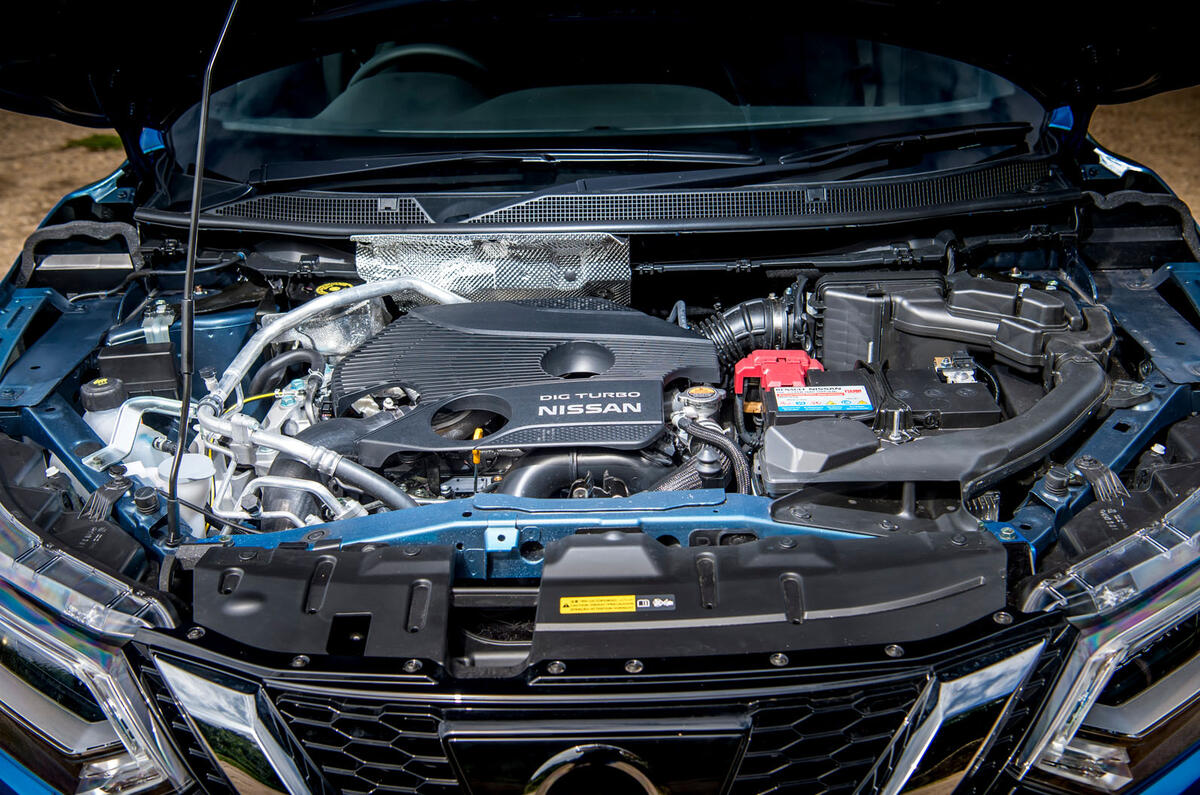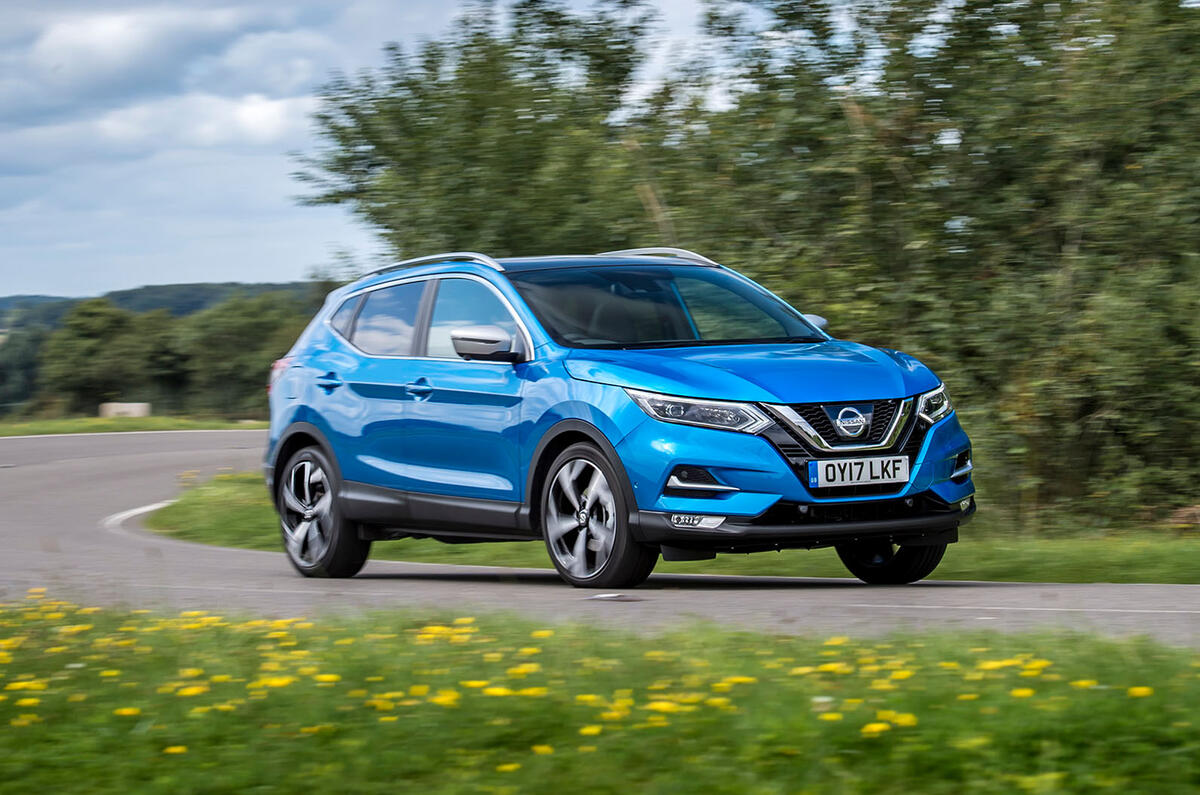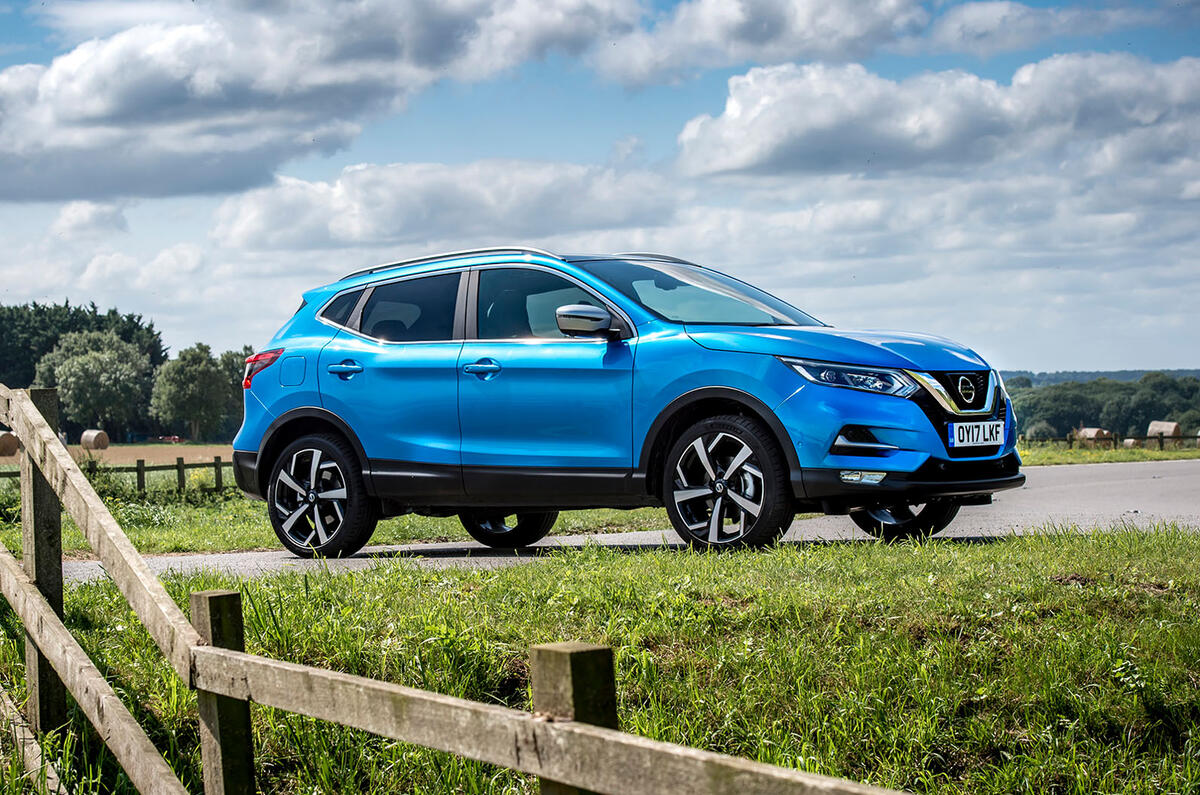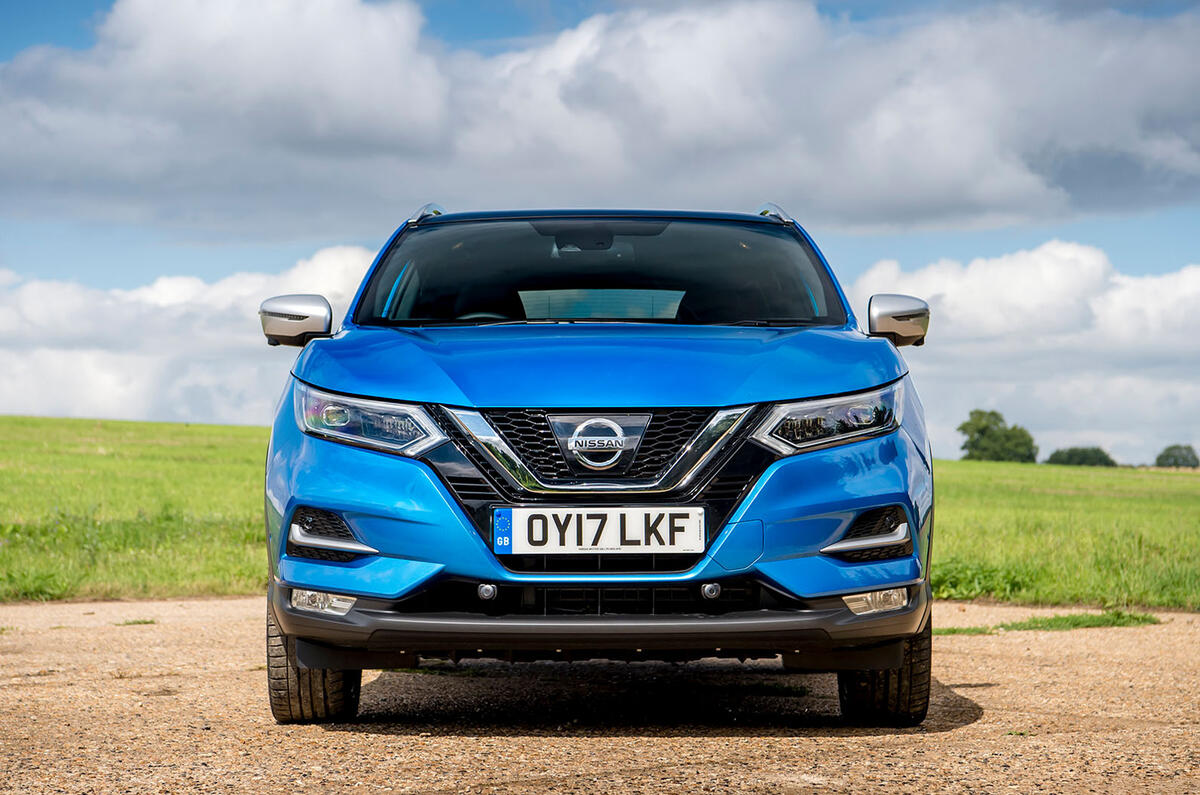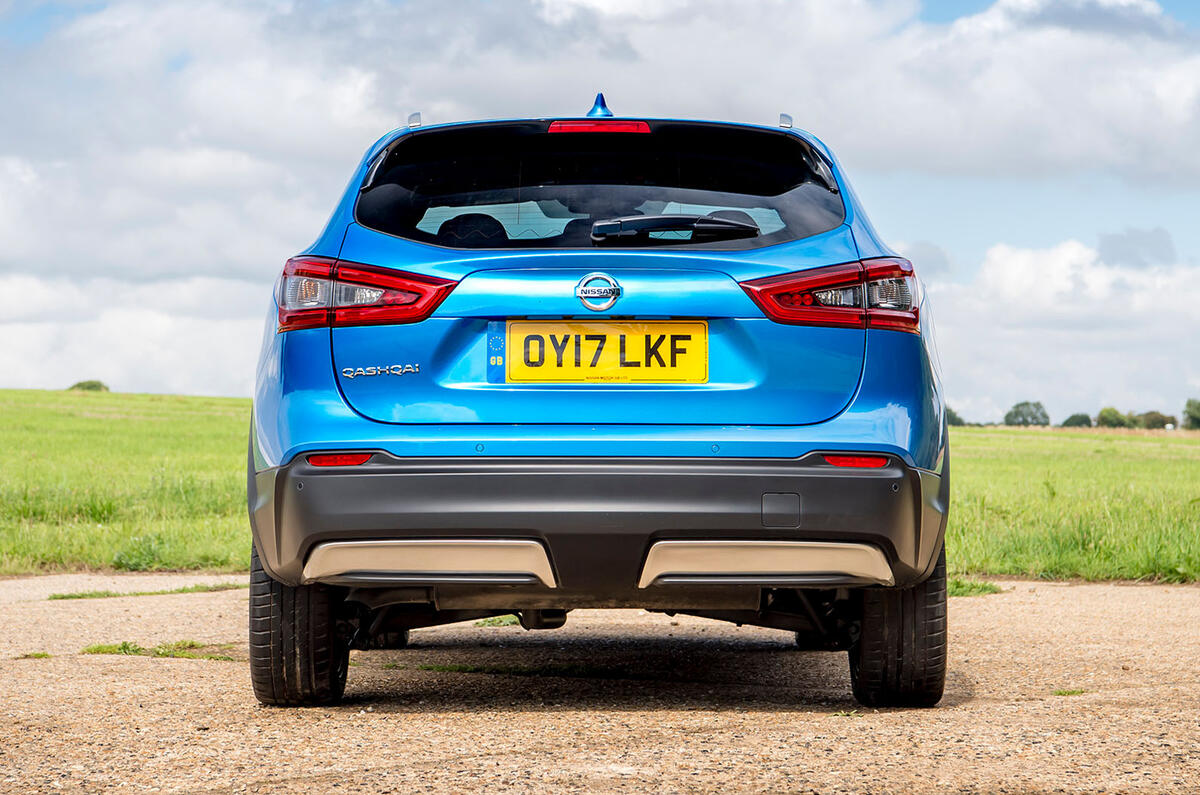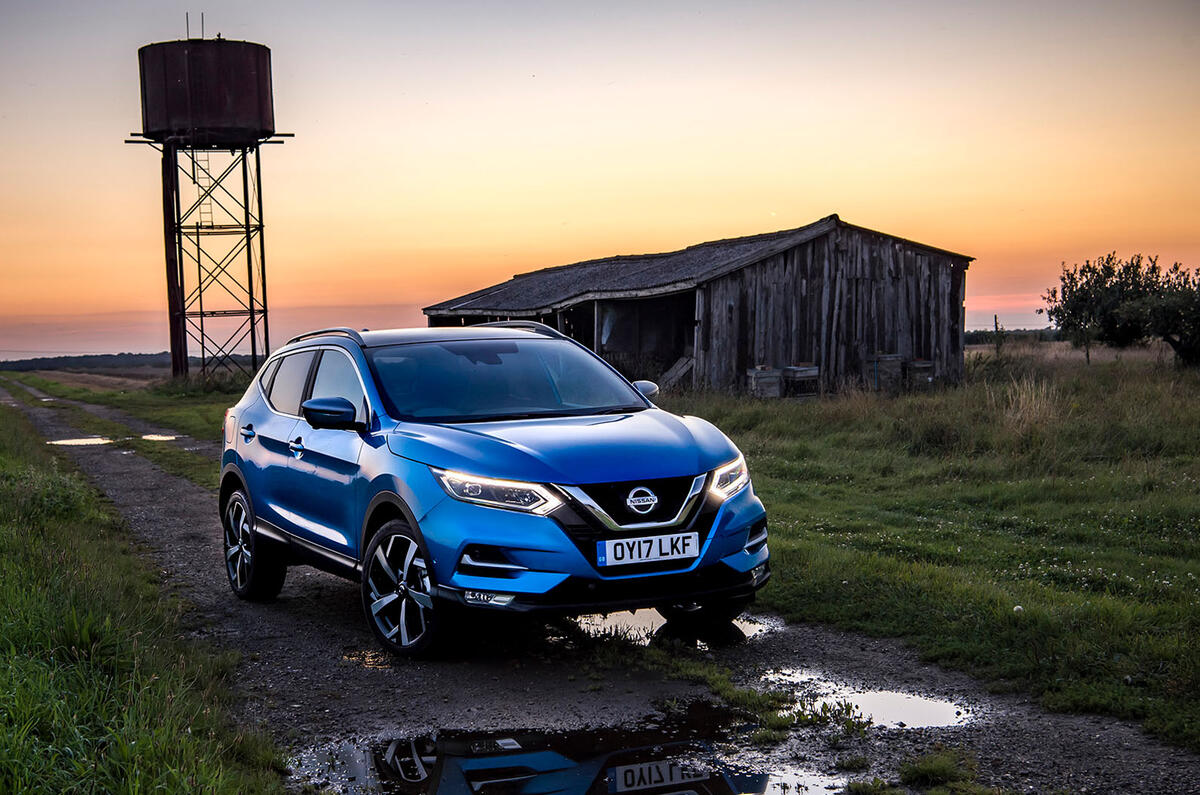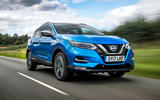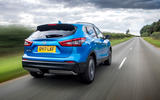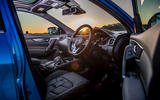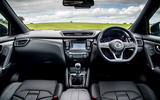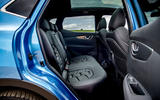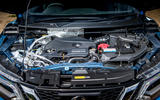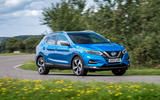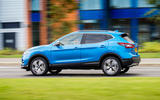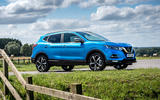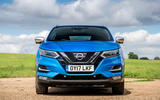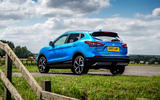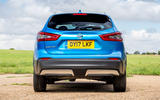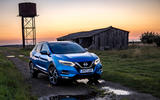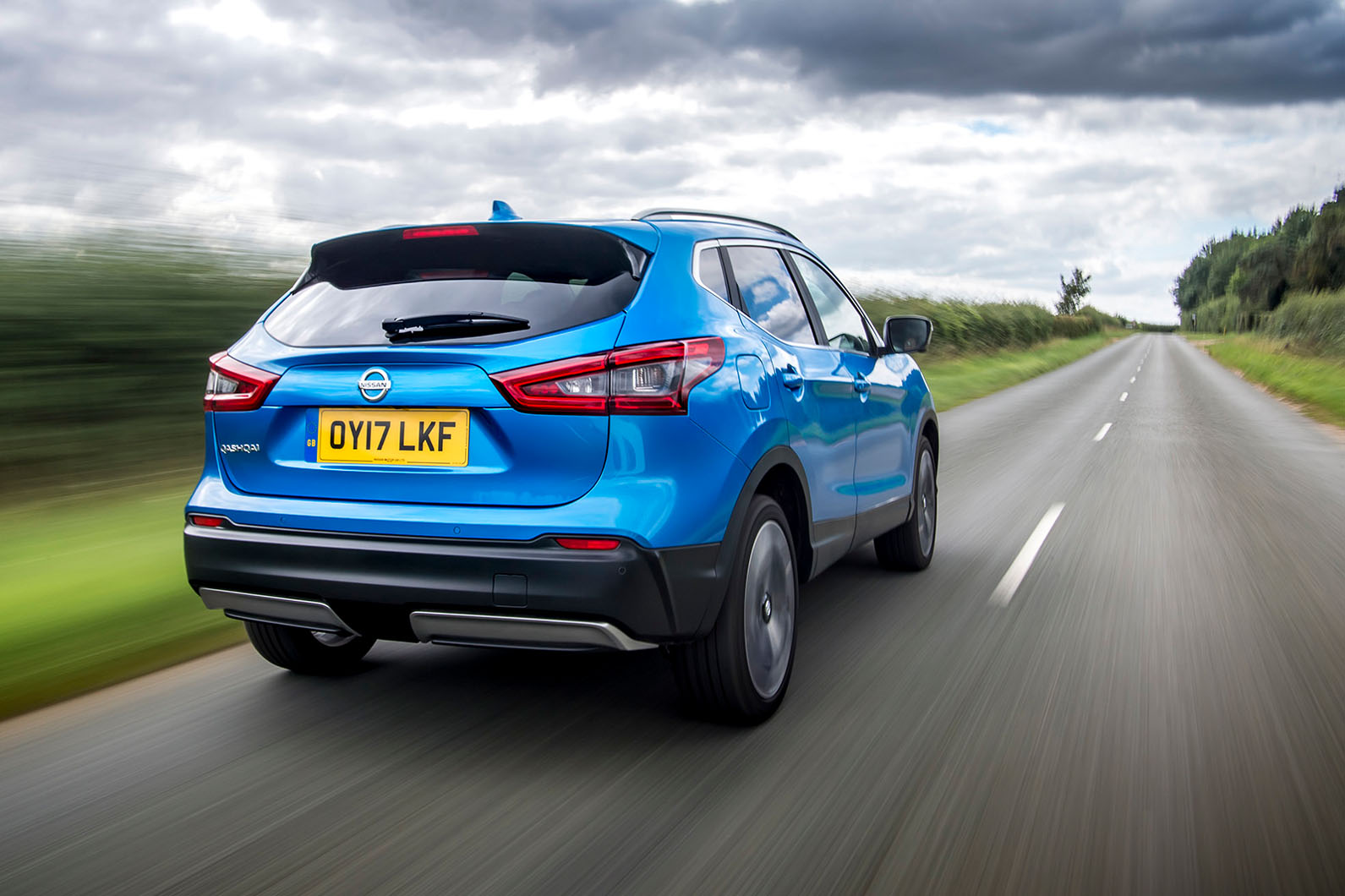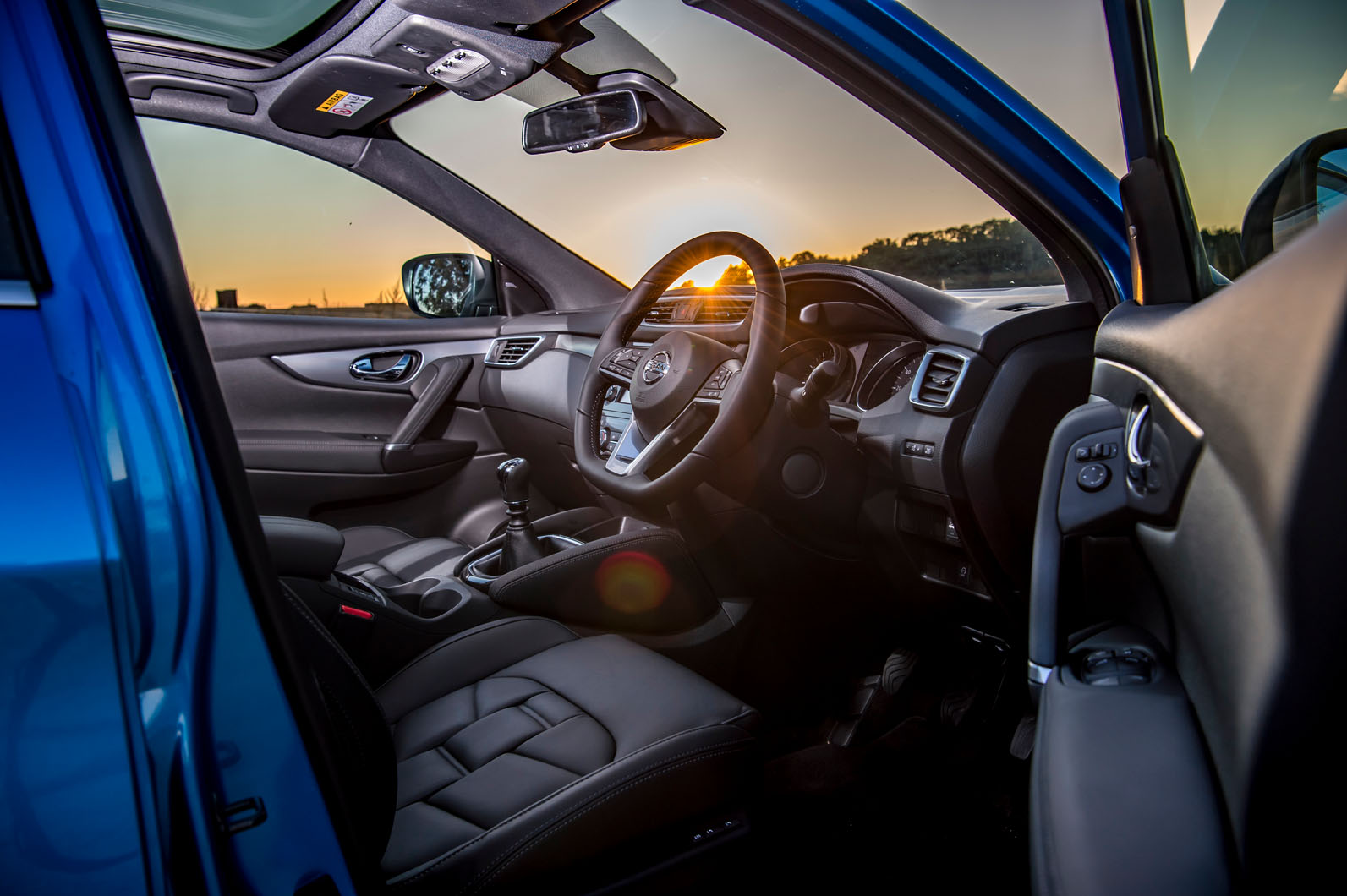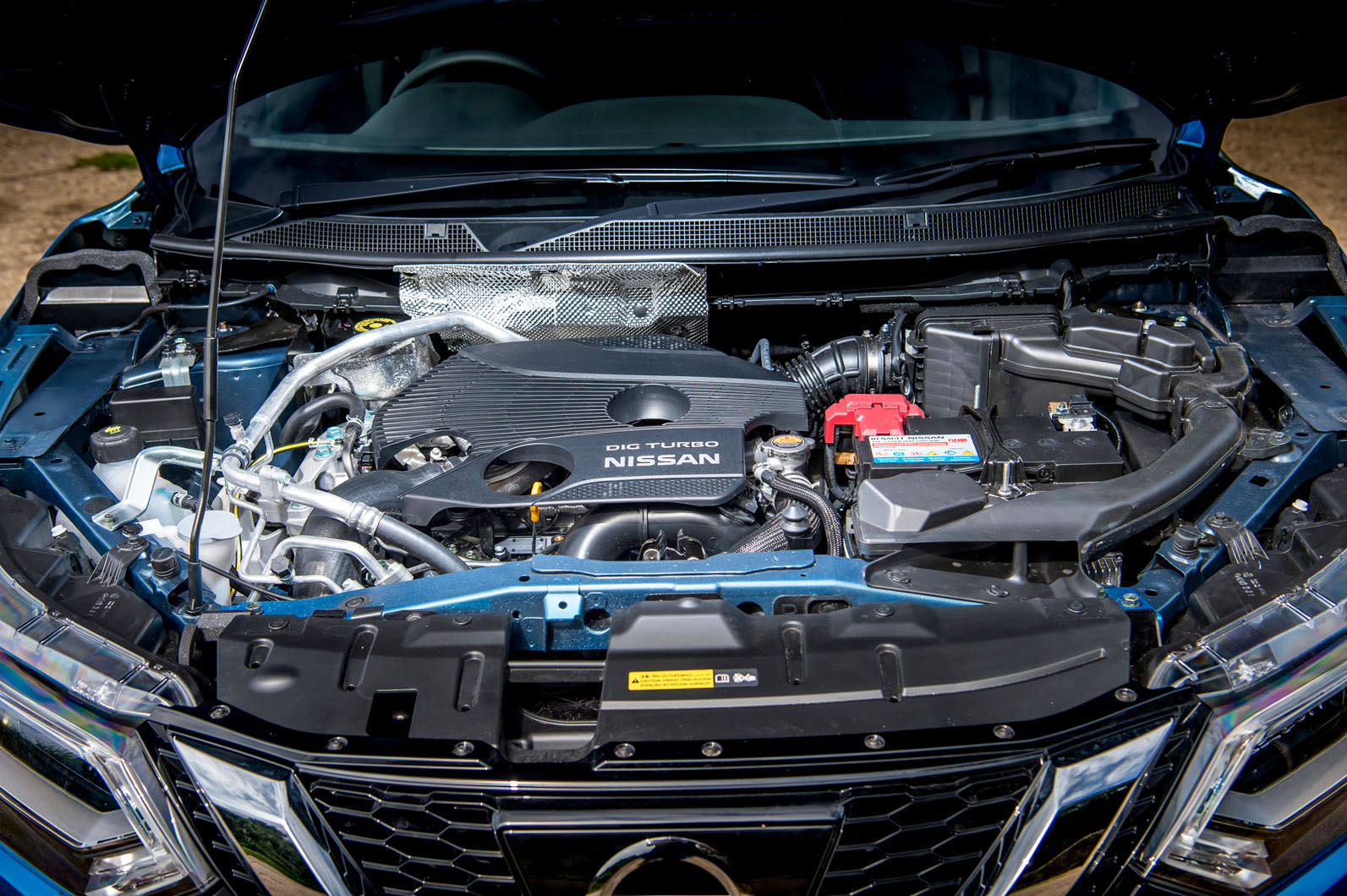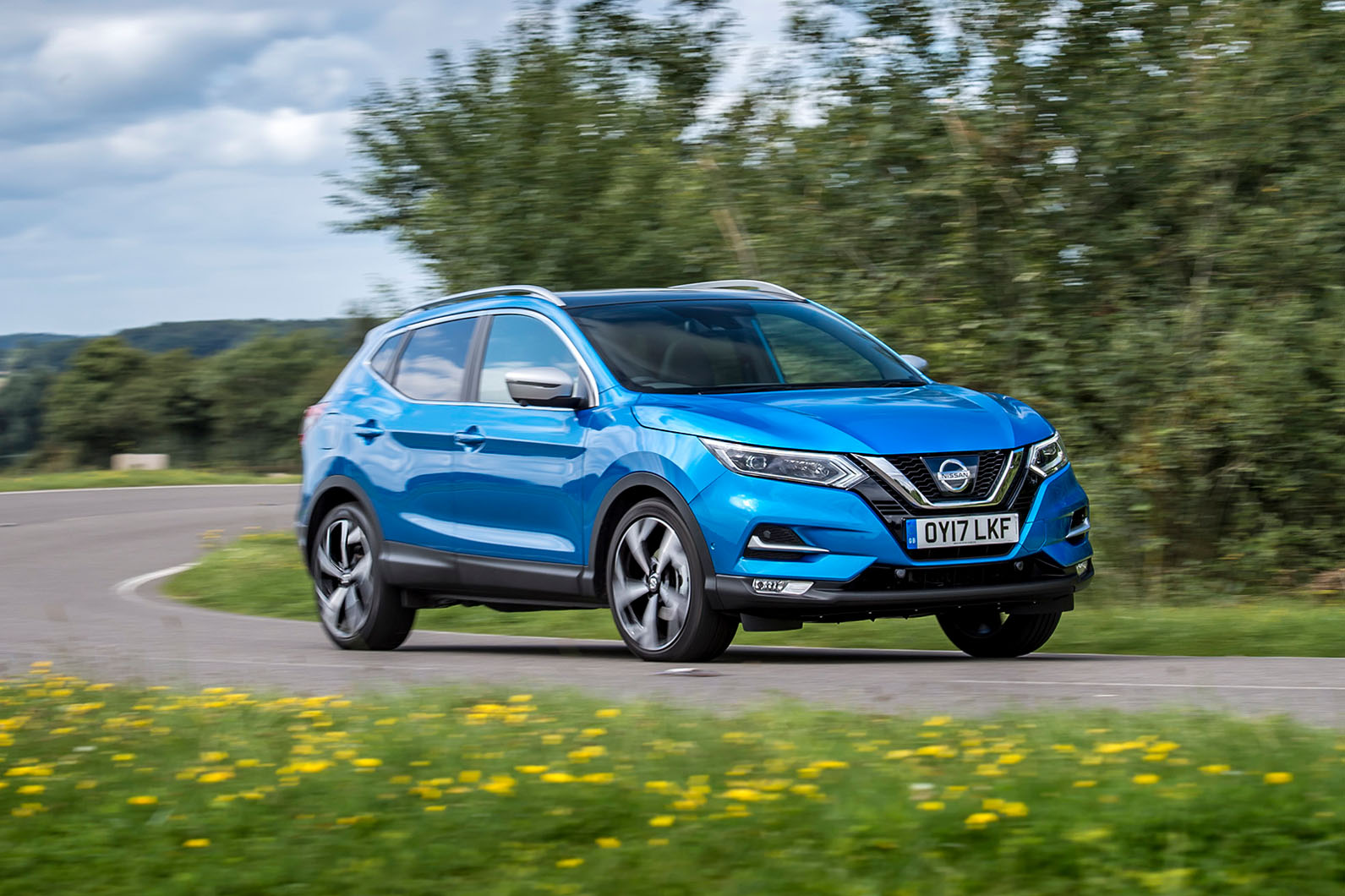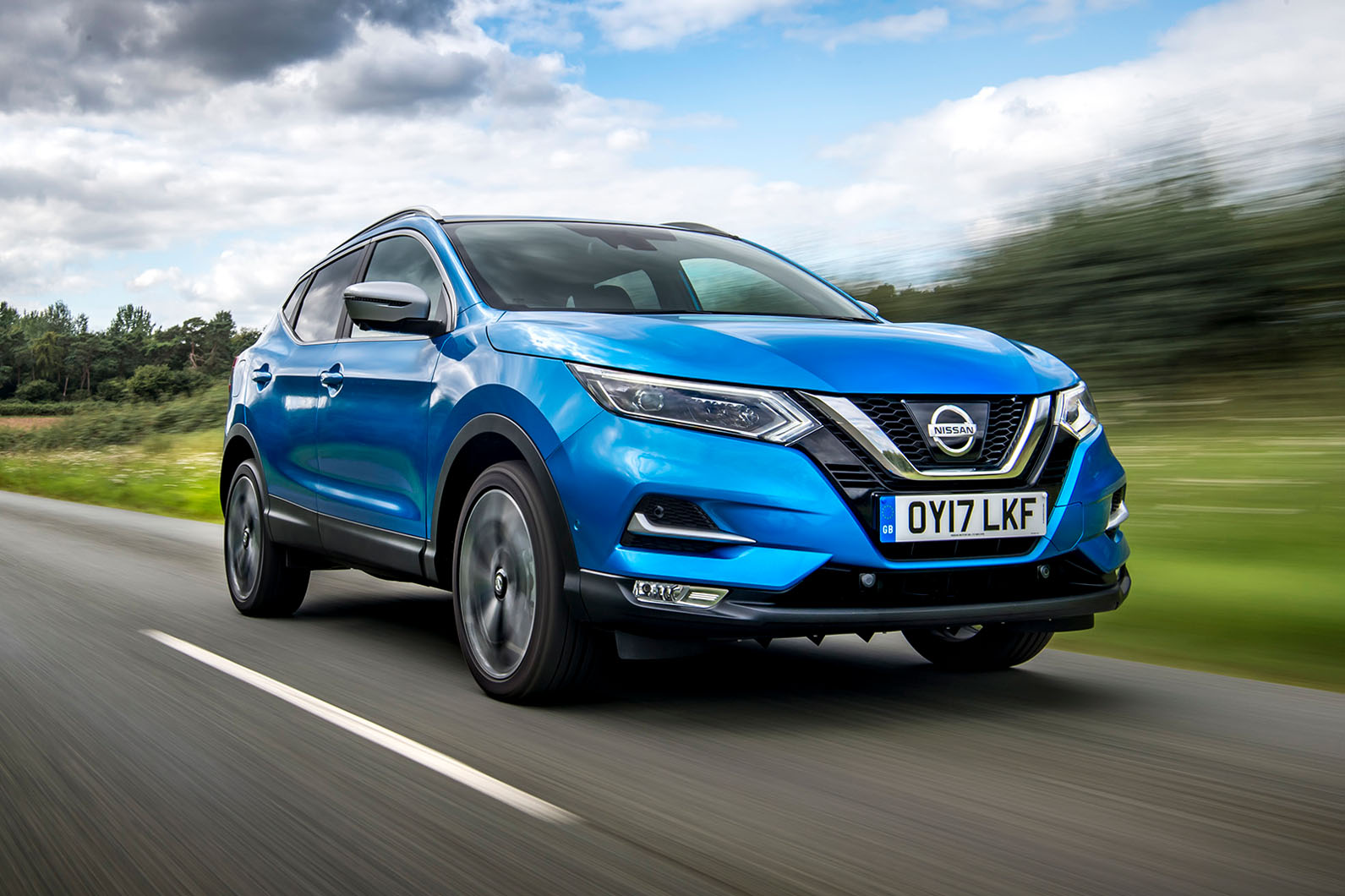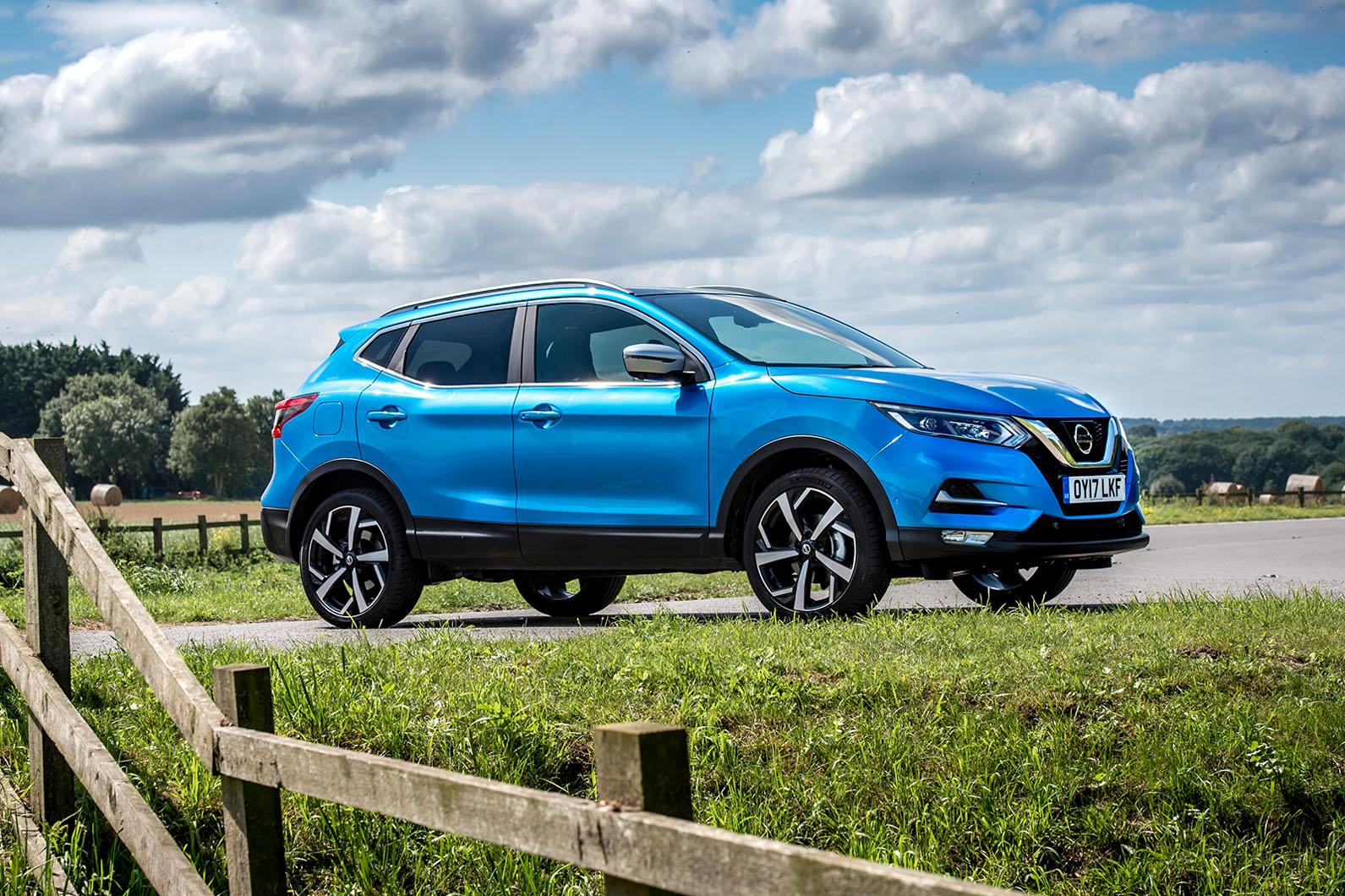If any one feature of the mk2 Qashqai showcased its evolution from the original crossover of 2007, it would be the interior.
The first-generation model was a chunky plastic hutch, still trading on the implied durability of a ’90s-era off-roader as it worked to close the distance to a hatchback’s comfort and convenience. The mk1 cabin was a far more upmarket affair, jettisoning the workaday dash for a sleeker, shinier design clearly influenced by recent rivals from Korea and Germany.
However, for all its glossy plastic and metallic highlights, any ritz was kept adamantly in check. Nissan had adopted a contemporary appearance, but it had taken few risks on the style front, preferring instead to concentrate on nailing ergonomics and ease of use.
Helped along by a noticeable step up in comfort – the front seats were excellent – and perceived quality, the approach payed off. Although arguably less pleasing to look at than a Kia Sportage or Hyundai ix35, the clarity, location and function of the switchgear and instrumentation was on a Volkswagen Group level of effectiveness. High praise indeed, and appropriate for a car that didn't need to turn heads.
Similar good sense could be found elsewhere. A slight swelling in size helped improve roominess; it was only a few extra centimetres here and there, but they collude in the impression of a much more spacious prospect. The modest increase in wheelbase meant rear passengers’ kneecaps were less likely to bump the seat in front, and while the new Qashqai was lower than before, the roofline was not a concern.
The boot was bigger, too – by 20 litres, and 1585 litres with the rear seats folded – but more importantly it was better packaged, with a tailgate that opened 150mm higher and two reversible floor panels which could be raised or lowered to permit no fewer than 16 different configurations, including one with a fully flat floor.
There were five trim levels to choose from, with the entry-level Visia trim providing a decent level of equipment, including all-around electric windows, cruise control, heated door mirrors, LED day-running lights and rear lights, chassis control and 16in steel wheels. Inside there was a 5.0in infotainment system complete with Bluetooth and USB connectivity, and four speakers, as well as manual air conditioning.
Opt for an Acenta trimmed Qashqai and you got luxuries such as six speakers, 17in alloy wheels, power folding mirrors, auto lights and wipers, dual-zone climate control, and front foglights as standard.
Choosing a Qashqai kitted in N-Connecta finery gave you a host of technological delights including Nissan's smart vision pack equipped with high beam assist, traffic sign recognition, emergency braking, lane departure warning and parking sensors. There was also 18in alloys, matte silver roof rails, front sports seats, keyless start and a NissanConnect infotainment system complete with a 7.0in touchscreen display, sat nav, DAB radio and a 360-degree camera.
Tekna equipped Qashqais received more niceties, such as a part leather upholstery, an electrically adjustable driver's seat, 19in alloy wheels, heated front seats and windscreen, LED headlights and an eight-speaker Bose audio system. It also included Nissan's Safety Shield Plus technology, which included blind spot warning, moving object detection, rear cross traffic alert and intelligent park assist.
Topping the range was the Tekna+ model, which came fitted with Nappa leather upholstery, electrically adjustable front seats, gloss silver roof rails and wing mirrors and a panoramic roof.



